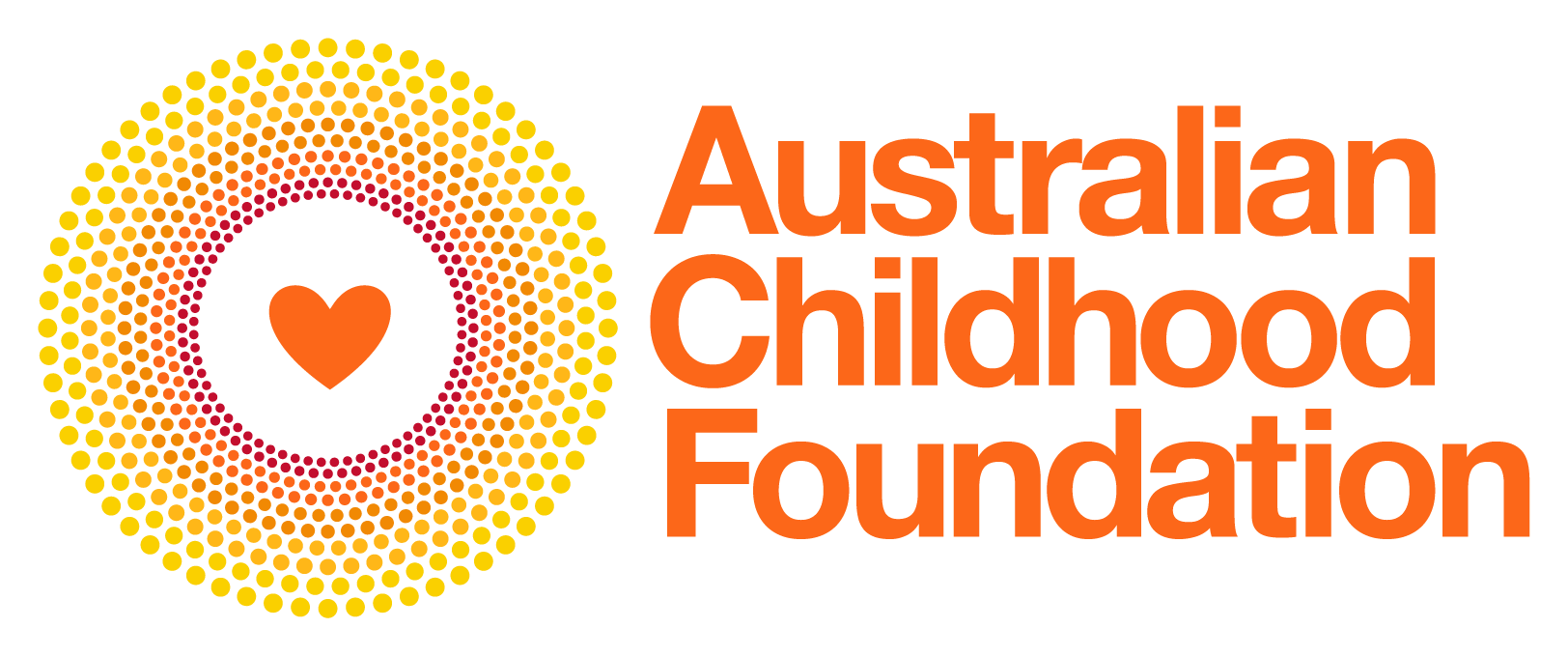
How to listen to children and young people in organisations
Empowering children and young people to be active, vocal and confident participants in organisations is essential if those organisations are to become genuinely ‘child safe’.
It is critical that organisations invest in seeking and understanding children’s views about safety and who they trust to communicate key messages to them.
Policies are important, and leadership is key. Still, if the children and young people in your organisation aren’t able to speak up, challenge, and contribute, then adults continue to speak to adults about issues that affect children, their safety, and wellbeing.
So, what’s involved in creating a culture that meaningfully responds to Principle 2 of the National Principles for Child Safe organisations, i.e., Children and young people are informed about their rights, participate in decisions affecting them and are taken seriously?
The answers are more complex than can be distilled into a single blog, but the following points can help you consider the steps your organisation needs to take.
1. Think of children and young people as genuine stakeholders in your organisation
Seek children’s views about organisational development as readily as you would seek the opinions of a board member, staff member or parent.
Shift the balance so that children and young people have a more significant say in how your organisation operates, and provide more opportunities for them to feel invested, engaged and valued.
This includes regularly and actively seeking out the voices of children and young people about a range of issues, including but not limited to responding to complaints or problems.
2. Let children and young people know that their voices matter
It is important that leaders regularly and meaningfully let children and young people know that their voices matter.
Organisations should have systems that flag if feedback and complaints processes are ineffective. For example, are there certain parts of the organisation that rarely receive any complaints or feedback from children and young people? Have children and young people expressed a lack of confidence in complaints and/or feedback processes? Has there been an unexplained decline in feedback from children and young people?
3. Explain to children and young people what actions will be taken
To ensure that engagement and consultation processes have integrity, there must be a commitment to act upon the views of children and young people where this is possible and to explain why certain things may not be possible.
Confirm what you’ve heard, express gratitude for the contributions of children and young people, say what is possible and when it will happen, explain why certain things are not possible and commit to future action.
4. Ensure that your organisation is accessible and inclusive
A child-safe organisation further recognises that due to health and social inequalities, some children and young people may be more vulnerable to abuse and neglect, and as such, ensures its policies and practices facilitate equal participation.
This may involve developing accessible resources, building the skills and knowledge of the workforce to respond to the diverse needs of children and young people and/or collaborating with other specialist community organisations that can support the development of cultural safety.
5. Build your infrastructure and strengthen your organisational capacity to be child safe
Commitment to empowering children and young people is vital, and understanding how this can be done effectively is key.
However, commitment and understanding aren’t enough. Organisations aspiring to be truly child-safe must invest in developing an infrastructure enabling genuine, sustained change in culture and practice.
This includes investment in policy and procedure, recruitment and selection, and training and development to ensure that organisations and their representatives are equipped to develop a child-focused environment.
Learn how to facilitate consultation and meaningful engagement with children and young people at your workplace.
The above ideas are just some of the many ways organisations can assess whether they are effectively empowering children and young people and facilitating their meaningful participation.
We are here to support your organisation in strengthening its child safety practices.
Learn more about our Safeguarding Children Services
Our Safeguarding Children Services provide a comprehensive framework designed to support organisations in creating and maintaining safe environments for children and young people. Through a suite of tools, training, review and assessment processes, your organisation will be empowered to build an organisational safeguarding culture, strengthen child-safe policies, increase staff awareness, meet legislative compliance requirements, and implement best practices in safeguarding children and young people.
